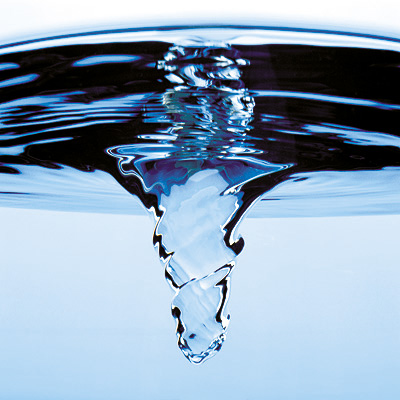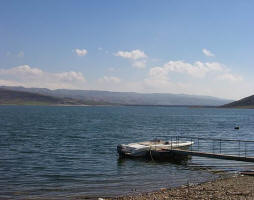 A Dam Revival, Despite Risks: Private Funding Brings a Boom in Hydropower, With High Costs
A Dam Revival, Despite Risks: Private Funding Brings a Boom in Hydropower, With High Costs
While some dams in the United States and Europe are being decommissioned, a dam-building boom is underway in developing countries. It is a shift from the 1990s, when amid concerns about environmental impacts and displaced people, multilateral lenders like the World Bank backed away from large hydroelectric power projects.
World hydropower production will grow from 4,000 terawatt hours now — about the annual power output of the United States — to 4,670 terawatt hours in 2020, according to Maria van der Hoeven, executive director of the International Energy Agency, in Paris. The Intergovernmental Panel on Climate Change predicts that hydropower generation will double in China between 2008 and 2035, and triple in India and Africa.
The World Bank and other international lenders were the most important financiers of large dams before the ’90s lull. But although the World Bank has in recent years increased its investment in hydropower from a low of just a few million dollars in 1999 to about $1.8 billion in 2014, it still funds only 2 percent of hydropower project investment today.
Picking up the slack are national development banks from emerging countries such as China, Brazil, Thailand, and India, and private investors. Public-private partnerships are on the rise, generally with the support of regional development banks.
“Who benefits from these infrastructure projects?” asked Jason Rainey, executive director of the anti-dam group International Rivers, in Berkeley, Calif.
Some well-documented answers: The Xayaburi Dam in Laos will sell power to Thailand, while threatening the subsistence livelihoods of people who have long lived along the Mekong River; the Inga 3 dam in the Democratic Republic of Congo will sell power to mining companies and to South Africa, rather than to the 96 percent of Congolese who lack access to electricity.
A 2012 report from International Rivers found that Chinese companies or financiers were involved in 308 dam projects in 70 different countries, many in Southeast Asia, but also some in Africa, Latin America and Pakistan. Aside from supplying electricity to investing countries, projects can also offer a type of vertical integration to power funders’ industrial projects, such as mining or smelting. “China isn’t the only one working this model,” Mr. Rainey said: “The Brazilian Development Bank has financed more dam projects in Latin America than the Inter-American Development Bank. India is investing in hydropower in Nepal and Bhutan.”
Nancy Alexander, director of the Economic Governance Program for the Heinrich Böll Foundation, a public policy institute in Berlin, said she attributed this trend partly to a Group of 20 initiative that prioritized infrastructure investment as a path to economic stability.
The initiative encourages joint financing by multilateral development banks and other sources. A World Bank report on hydropower this year said that the bank now “typically acts as a ‘convener,’ bringing other financiers to the table.” It said that over the past five years, the World Bank Group had funded about half of the costs of projects that it financed, with the balance coming from host country governments, the private sector and other development banks.
| Contact information |
ERICA GIES
|
|---|---|
| News type | Inbrief |
| File link |
http://www.nytimes.com/2014/11/20/business/energy-environment/private-funding-brings-a-boom-in-hydropower-with-high-costs.html?_r=2 |
| Source of information | NY Times, ERICA GIES |
| Keyword(s) | dams |
| Subject(s) | HYDRAULICS - HYDROLOGY , INFRASTRUCTURES , NATURAL MEDIUM , POLICY-WATER POLICY AND WATER MANAGEMENT , RISKS AND CLIMATOLOGY |
| Geographical coverage | n/a |
| News date | 28/11/2014 |
| Working language(s) | ENGLISH |
 you are not logged in
you are not logged in





